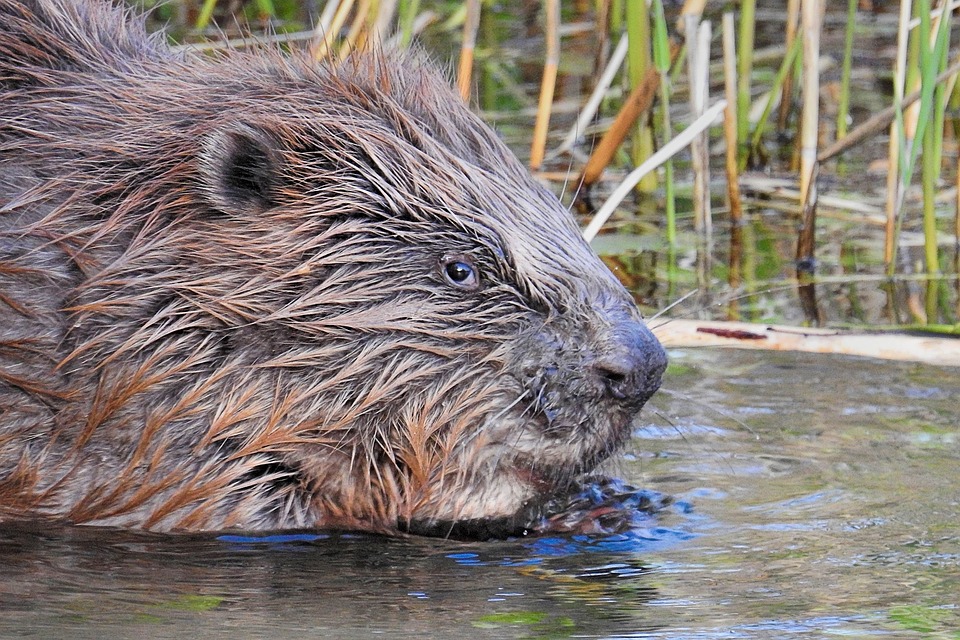**Title: Volcanic Pioneers: How Life Returns to Land Afflicted by Lava
Stench of sulfur and grating sounds of rocks cracking under the earth’s stress – these are the unmistakable signs that a volcano has erupted, spewing molten rock, lava, and ashes across the landscapes. But what comes next is nothing short of a miracle—from the scorched earth, life returns.
Volcanoes, while catastrophic, bring life-sustaining nutrients, creating fertile lands that sustain growth in their aftermath. This spectacular rebirth is primarily facilitated by ‘Volcanic Pioneers’, the organisms determined to reclaim the land cut by embers.
** Why are volcanic soils fertile?
Volcanic soils, also known as ‘Andisols’, are rich in minerals and nutrients. During an eruption, rock melts and, once cooled, breaks down into mineral-rich soil. These minerals and nutrients are incredibly fertile and provide an ideal environment for certain pioneer species.
**Who are the Volcanic Pioneers
Volcanic Pioneers are the first organisms to return to the devastated landscape after a volcanic disaster. Many of them can resist high temperatures and have unique ways to obtain their nutrients. Let’s meet some of these amazing pioneers:
** Thermophilic Bacteria
These bacteria thrive in extremely hot environments. Some of them not only withstand high temperatures but also use sulfur compounds present in volcanic gases as food sources, playing crucial roles in soil formation process.
**Algae
Algae is another early colonizer of volcanic landscapes, in particular of volcanic rock, where they can absorb nutrients directly from the rock. They also help in soil formation by accelerating the process of weathering.
**Mosses
Mosses are able to thrive without soil, so they’re often the first organism rebuilding the ecosystem on volcanic rocks. By growing directly on the bare rock, mosses help to break it down into soil.
**Pioneer Plants
Plants like the fireweed and lupines are crops that sprout up more quickly after volcanic eruptions. They’ve evolved to be able to grow on the mineral-rich volcanic soil, and they contribute to the rebuilding of the ecosystem by attracting insects and birds.
**Rate of Recovery
The pace at which life reclaims devastated areas varies. But on the Island of Krakatoa, it took around 50 years for the forest ecosystem to recover, while the Island of Surtsey (a newly formed island in Iceland) had a community of 84 plant species just 7 years after its eruption.
**Image: A thriving forest, winding its way through cooled lava flows. Moss, ferns, and fallen leaves blanket the rocky terrain, while bright birds flit in and out between.’
**FAQs
**1. What is the role of pioneer species in primary succession?
Pioneer species play a vital role in primary succession on a volcanic land. They help stabilize the newly formed soil and create conditions that allow later, more complex species to establish.
**2. How quickly can life return to a volcano after an eruption?
The return of life to volcanic areas varies depending on the extent of the eruption, local climate, and the types of available life forms. It can range from a few years to hundreds of years.
**3. How does soil form on volcanic rock?
Soil forms on volcanic rock mainly through a physical and chemical weathering process where the rock breaks down into smaller particles. Biological activity, such as that of lichens or mosses that grow on the rock, also hastens this process.
This incredible display of nature’s resilience and regeneration power is a vivid testimony to the cyclicality of life and ecosystems where even after a disaster, life finds a way.



